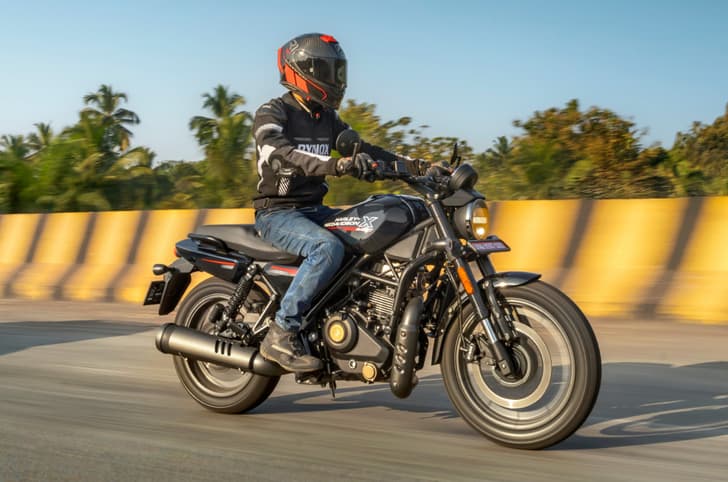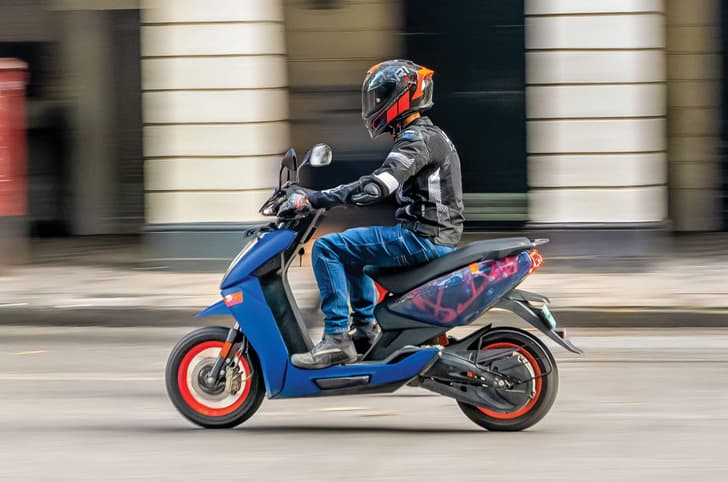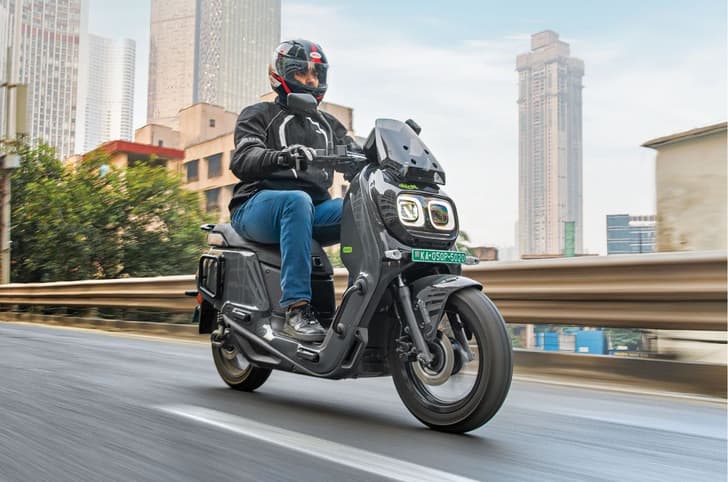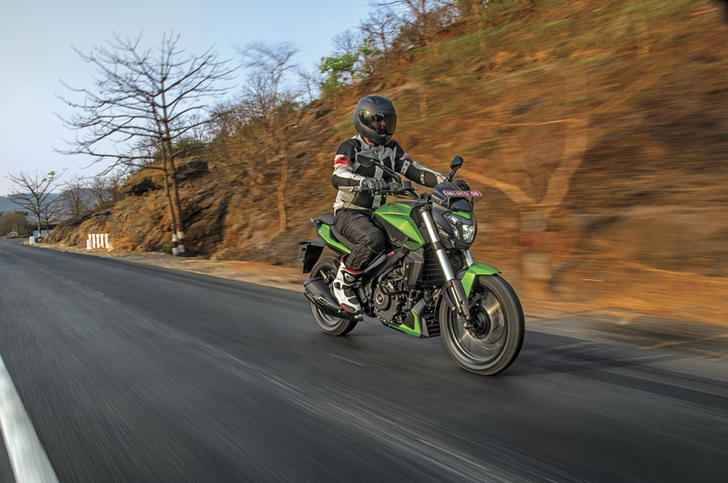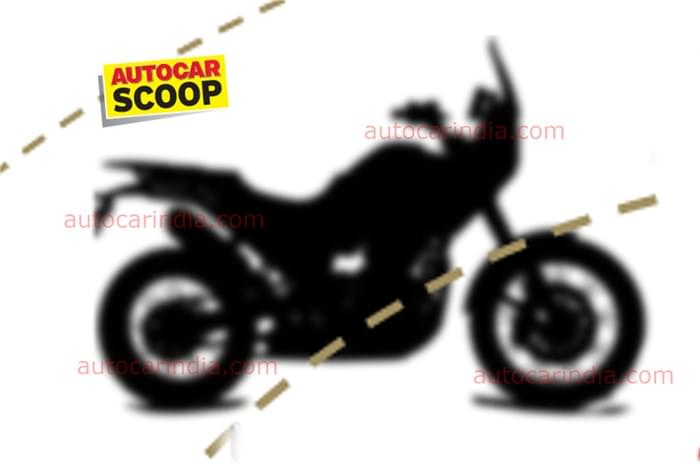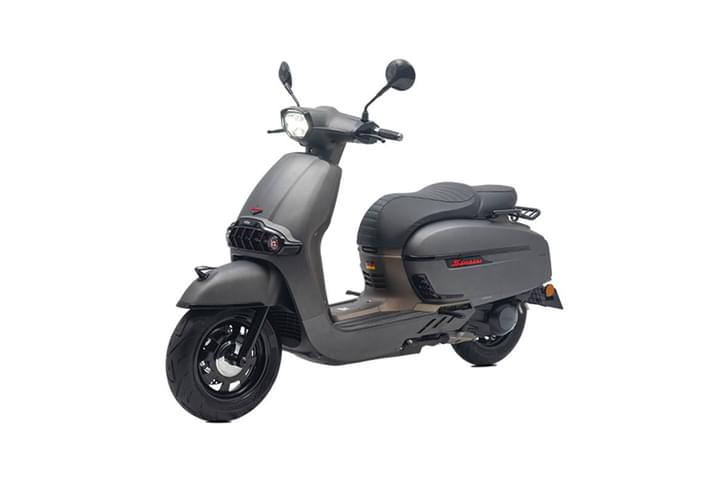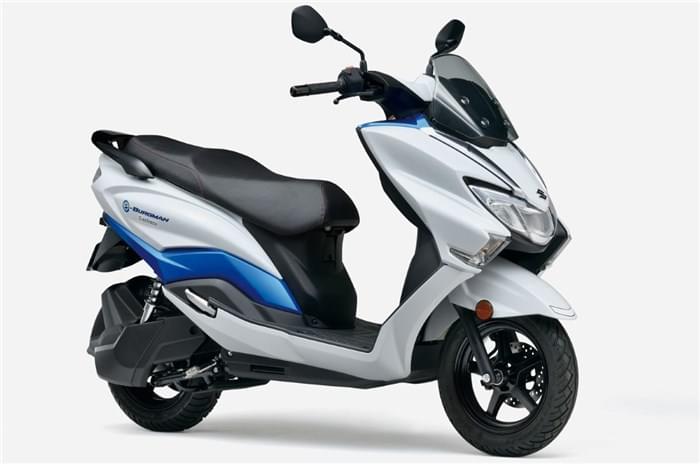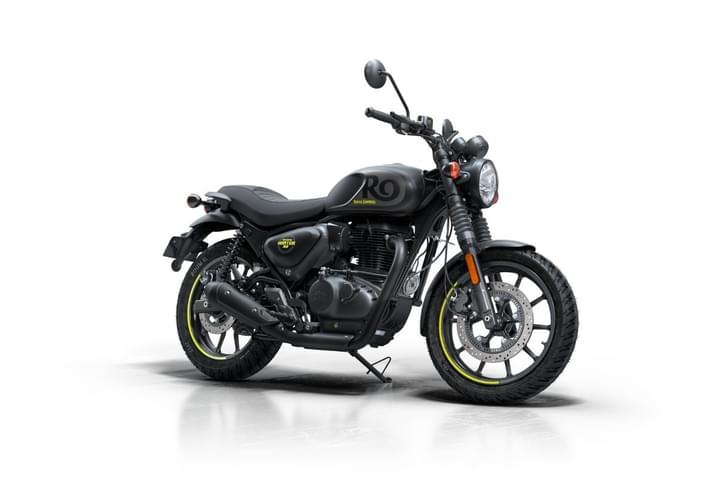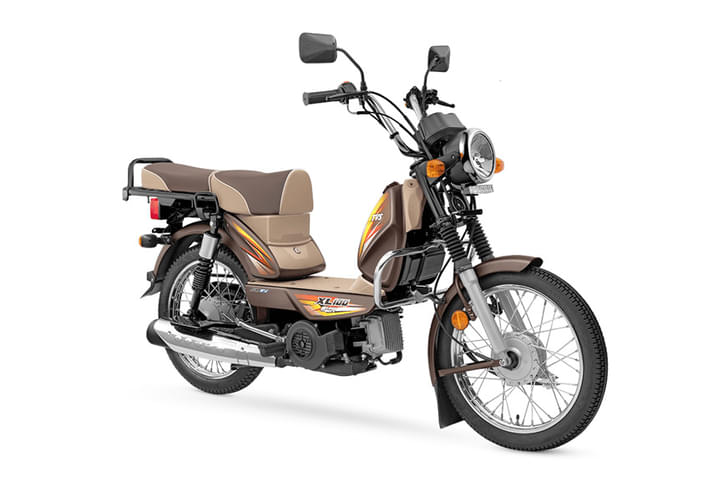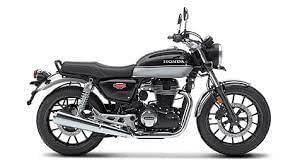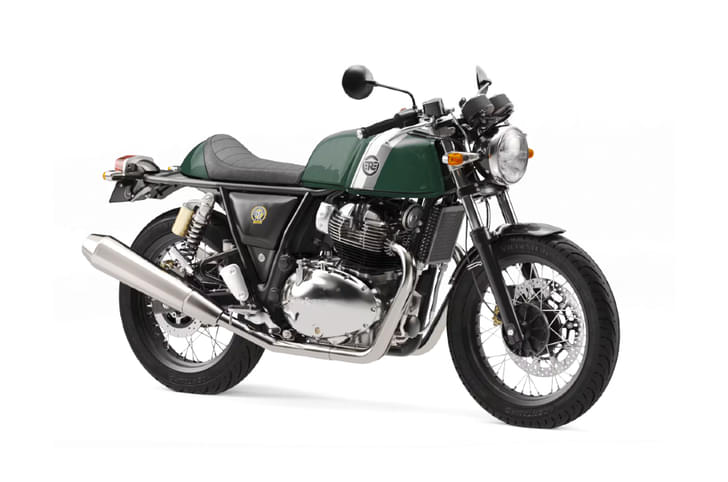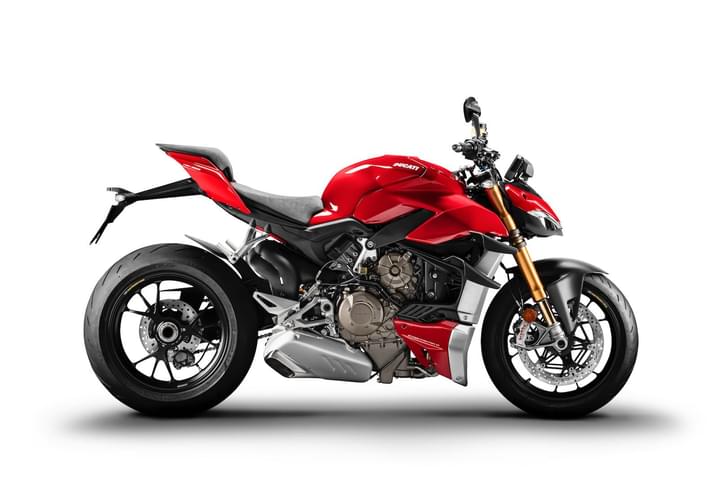What is it?
Suzuki called the launch of this motorcycle ‘The Dawn of Greatness’. Is it, really? In a segment that’s constantly evolving towards larger displacement offerings - much of the competition has taken the game upwards of 250cc - Suzuki has instead chosen to take a path that is already well travelled. With the new Gixxer SF 250, Suzuki hopes to repeat what it managed to achieve with the Gixxer 150 - a motorcycle that led the brand’s renaissance after its previous offerings failed to establish themselves as key players. It’s hard to recall an entry-level Suzuki that’s been as impressive as the Gixxer (even if the sales numbers sadly never quite reflected that), but this new one certainly seems promising.
What does it look like?
Simply put, the SF 250 is a good looking motorcycle. The styling isn’t what you’d call revolutionary, but there’s no denying it’s an attractive bike. While most entry-level Japanese motorcycles look like scaled-down versions of their litre-class flagships, the new Gixxer SF 250 takes more hints from the last gen GSXR-1000 than the current one. It is particularly evident when you look at it from the front - an all-new LED headlight, which almost looks like a flared-out trident, is certainly the most conspicuous design element. The unit has got a slightly elevated mid section with either end extending into the sides of the fairing. Meanwhile, the bottom of the headlight tapers and extends off the bike marginally, forming a beak-like appearance, and is surrounded by a small chin-spoiler that seems to be inspired by MotoGP machines.
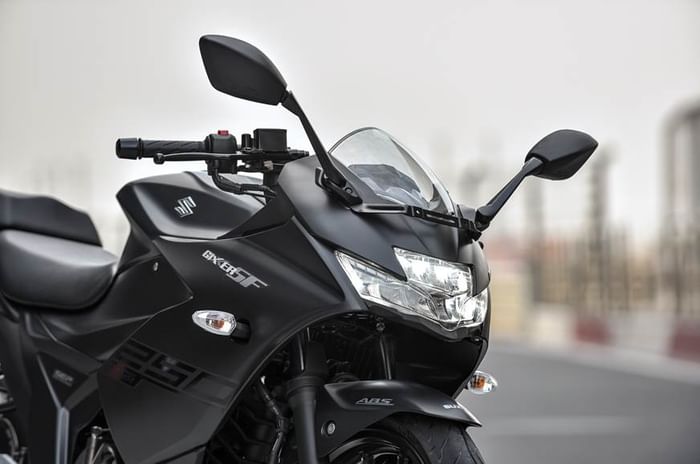
The main fairing is now considerably wider than it was on the previous SF 150. This visual enlargement is largely because a part of it now extends from the headlight to the tank. Speaking of the tank, it looks nearly identical to the one on older Gixxers, with deep indents along the side that allow you to grip it better. Another interesting bit is the use of body-coloured panels in place of blacked-out bits for the space between the tank and the main fairing.
The SF 250 is available in two colour schemes - a cloudy silver colour scheme and a matte-black option. Of the two, I think it looks great in black - the all-black look makes it appear larger than it actually is. While the rear wasn’t subject to as monumental a change as the front-end, it has been reworked and now sports an LED tail-light. Also new, is a split seat (in place of a single seat) that adds to the whole sports appeal.
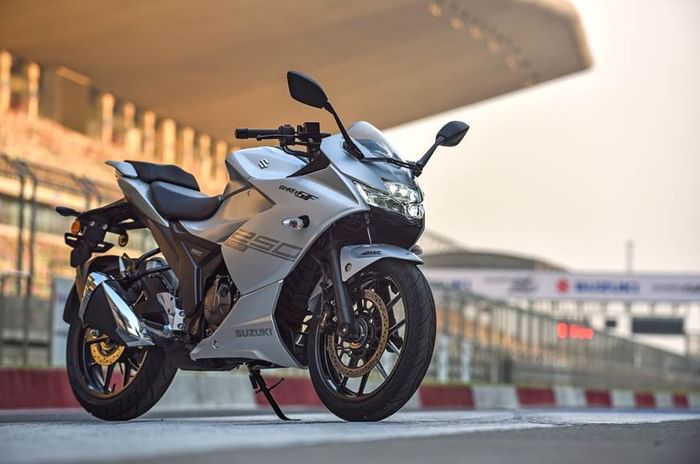
I wasn’t a huge fan of the chrome bits on the exhaust of the previous generation Gixxers and felt they looked rather plasticy and cheap. The new bikes have them as well, but they appear to be finished much better. The SF 250 also comes with a fully-digital LCD backlit display that’s fairly straightforward in terms of the information that it provides - a tachometer running horizontally across the top, a large section for speed in the middle, a fuel gauge, clock and a gear position indicator.
What is it like to ride?
Suzuki is pitching the SF 250 as a sports-tourer (it’s even got optional accessories like saddlebags and a DC charging port) and so it hasn’t been engineered to produce the same numbers, as say, the KTM 250 Duke, which has a similar capacity engine. Mounted to the frame is an all-new 249cc, single-cylinder, oil-cooled engine that’s fed by fuel injection and uses a four-valve, SOHC head. With a peak power figure of 26.5hp produced at 9,000rpm and a maximum torque output of 22.6Nm at 7,500rpm, the numbers are close to double of what you’ll find on Suzuki’s current 150s. Still, they aren’t extremely impressive and are on par with the likes of the Honda CBR250R, while being significantly higher than the Yamaha Fazer 25’s 20.9hp and 20Nm.
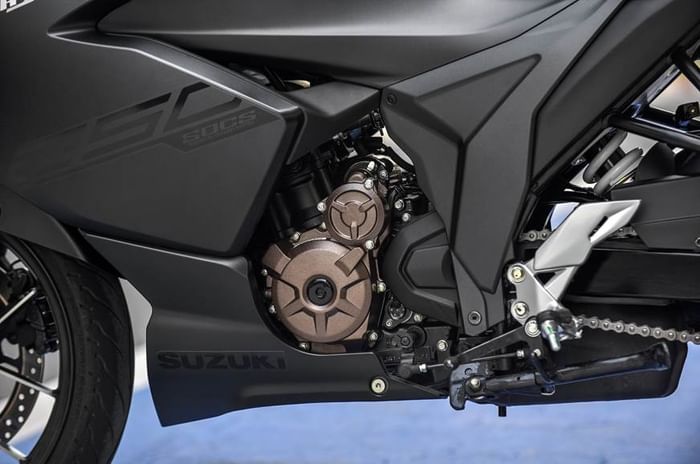
We got to spend half an hour on this new motorcycle, and it is apparent from the time you crank the engine to life and blip the throttle, that it’s a motorcycle that doesn’t shy away from being revved. The SF 250 comes equipped with a smooth 6-speed gearbox and the lack of a slipper clutch isn’t something that will put you off as it takes some very hard downshifting to unsettle the rear.
Now, we were a bit apprehensive about whether the bike would run out of breath down the 1.2km-odd back straight at the Buddh International Circuit. The Gixxer, however, wasn’t as skeptical as we were and pulled to a speedo-indicated top speed of 154kph, rather effortlessly. Any attempt of going faster is rejected by the rev limiter kicking in at 10,000rpm. It’s also got enough power to allow for cruising speeds of 110-120kph. As I have implied earlier, the SF isn’t meant to be an all-out track machine and the way it delivers power will be accommodating even to newer riders.
Alright, the fact that we had the best 5.125km of tarmac in the country to test the ride and handling of the motorcycle, certainly did the bike a favour. A couple minutes into the long flowing corners at the BIC, you realise that the SF 250 is a very ‘neutral’ handling motorcycle. It isn’t very aggressive with its turn-ins, but it’s not hard to get the bike to lean over. For our next session, however, we hopped onto the new Gixxer SF 150, and it felt much more nimble, almost effortless in comparison when leaning into corners (click here to read the 150cc bike's review). This is interesting, considering that both motorcycles - the Gixxer SF 250 and the new Gixxer SF, use what is essentially the same frame as the outgoing Gixxer models, with the most significant alteration coming in the form of a thicker central tube and reinforcements in the steering head and suspension mounts. The fact that the SF 150 handles the way it does, despite a larger rake angle than the SF 250, indicates that the difference in agility is probably due to the 15kg difference in kerb weight - the SF 250 weighs 161kg.
The SF 250 also borrows its 41mm telescopic fork from older Gixxers, but has new fork springs. Suspension feel from the front fork is progressive, and is also competent when braking hard and quick changes in direction. The rear monoshock, on the other hand, is a bit on the stiffer side and while we could only test its competency by intentionally running the bike on the kerbs, a full road test should allow for much better insight on how it feels. The feedback from the front brake is also rather gradual, and lacks an immediate bite. That said, they were sufficient at the track and should be ample on the streets as well. The SF 250 comes equipped with MRF Revz radial tyres at either end - the front is a 110/70 and the rear a 150/60 section tyre. It also gets clip-on handlebars - a first on an Indian Suzuki - that don’t have you lean as forward as you’d expect. The Gixxer SF 250 has you seated at an angle that doesn’t put a lot of stress on your palms or shoulders, while bent over enough for a slightly committed and intuitive riding position - something you’ll be thankful for on longer rides.
At the track, the SF 250 was rather impressive. It didn’t blow us away with what’s on offer, but it’s far from being underwhelming. Having said that, the footpegs sit low and scrape easily at aggressive lean angles - not something that should bother you if you intend to ride the bike only on the streets, but it's worth keeping in mind if you’re considering taking it to the track.
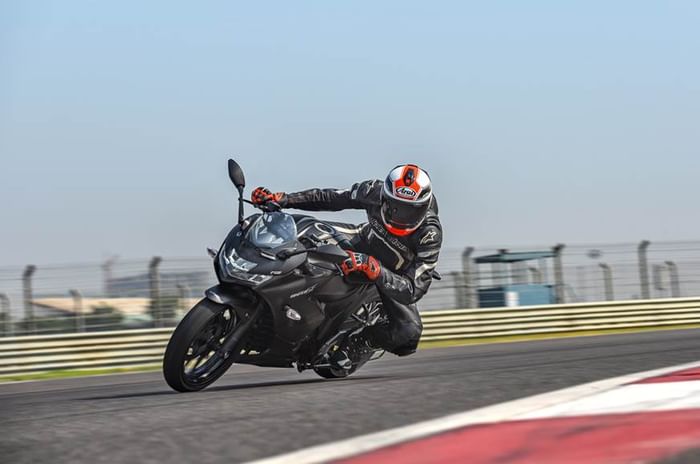
Should I buy one?
Does the motorcycle live up to its tag line? Well, perhaps more for the company, than for us enthusiasts. The Gixxer SF 250 is a little late to the party, but it could end up being the manufacturer’s new talisman, just as the R15 V3 (another expensive motorcycle for what it is) is doing for Yamaha. It’s certainly a big step-up from what the company currently has on offer. We cannot end this without discussing the price, and at Rs 1.71 lakh (ex-showroom, Delhi), it’s about Rs 23,000 less than the Honda CBR250R and a whole Rs 27,000 more than the much simpler Yamaha Fazer 25. That sounds reasonable in terms of comparison with its Japanese rivals, but the fact that the vastly more powerful Bajaj Dominar costs just Rs 4000 more is something to think about long and hard.
Having said that, it does seem like a promising motorcycle thanks to what it has on offer - attractive, sleek styling, comfortable ergonomics and a meaty engine. However, the brief period we got to experience it at the track leaves us with many questions that can only be answered once we ride it on the street. Stay tuned!






